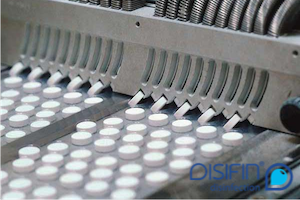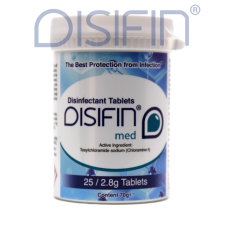Disinfectants
Disinfectants are substances that are applied to non-living objects to destroy microorganisms that are living on the surfaces and objects and surfaces. Chemical disinfectants are defined by their mode of action and can be broadly split into two groups, oxidising and non-oxidising.
Clean first, then disinfect
We always advise cleaning first before you disinfect. Germs can hide underneath dirt and other material surfaces where they are not affected by the disinfectant. Dirt and organic material can also reduce the germ-killing ability of some disinfectants.
Effects of Time & Concentration
Contact time and concentration are two of the most vital factors that can affect the performance of a surface disinfectant. Although some disinfectants are effective within minutes, in most cases it is recommended that they receive at least 15 minutes contact time. This provides a performance safety factor in case the disinfectant is applied to a very wet surface and dilution takes place or where soiling is still present and some deactivation of the disinfectant takes place.
Failure to allow the recommended contact time could result in an ineffective reduction of microorganisms on the disinfected surface. Disinfectants should always be used at the manufacturer’s recommended concentration and an even coverage of the surface is vital.





Refine Search
Animal Advanced Kit
Small Animal and Pet Surface Disinfectant Tablets Disifin Animal (Tub of 25 tablets) = 12.5 lit..
£28.75 Ex VAT
£34.50 Inc VAT
Animal Disinfectant Tablets (25 Tabs Tub)
Small Animal and Pet Surface Disinfectant Tablets Disifin Animal (Tub of 25 tablets) = 12.5 lit..
£25.50 Ex VAT
£30.60 Inc VAT
Animal Pro Kit (100 Tabs)
Small Animal and Pet Surface Disinfectant Tablets 4 x Disifin Animal Tub of 25 tabs (100 Tablet..
£94.00 Ex VAT
£112.80 Inc VAT
Med Advanced Kit
Med & Dental Surface Disinfectant Tablets Disifin med (Tub of 25 tablets) = 12.5 litres per..
£29.50 Ex VAT
£35.40 Inc VAT
Med Disinfectant Tablets (200 tabs Tub)
Med & Dental Surface Disinfectant Tablets Disifin med (Tub of 200 tablets) = 100 litres per..
£179.00 Ex VAT
£214.80 Inc VAT
Med Disinfectant Tablets (25 tabs Tub)
Med & Dental Surface Disinfectant Tablets Disifin med (Tub of 25 tablets) = 12.5 litres per..
£26.90 Ex VAT
£32.28 Inc VAT
Med Pro Kit (100 Tablets)
Med & Dental Surface Disinfectant Tablets 4 x Disifin med Tub of 25 tabs (100 Tablets..
£99.00 Ex VAT
£118.80 Inc VAT
Powder Pouch XL (25g)
Disifin disinfecting powder for surface disinfection and Infection control for use in saunas, solari..
£9.99 Ex VAT
£11.99 Inc VAT
Tech Advance Kit
Tech Surface Disinfectant Tablets Disifin tech (Tub of 25 tablets) ..
£28.75 Ex VAT
£34.50 Inc VAT









